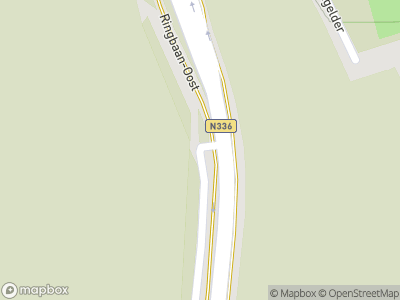Babberich House is also known by the name of Halsaf. This name is said have come from a legend, in which the servant girl of the castle single-handedly beheaded a number of robbers. But the name probably comes from an old spot in the vicinity of the castle, where death sentences were carried out.
Patchwork quilt
For a brief period in the 14th century, Babberich House was the backdrop to a power struggle between Cleves and Gelre. At that time, Liemers was a patchwork quilt of areas of land, some belonging to Gelre, some to Cleves. The landowners did their best to acquire new territory through marriages, battles and inheritance. Count Johan II of Cleves, for example, was married to Mechteld van Gelre, the sister of the Duke of Gelre.
Problems
When Count Johan II of Cleves died in 1368, Liemers was bequeathed to his widow, Mechteld. Three years later, however, Duke Reinald of Gelre also died. Mechteld wished to succeed her brother, but since Mechteld was childless, the duchy went to Mechteld’s sister, Maria. As a result, it was not Cleves and Gelre but Gelre and Gulik that were united. Maria’s son, Willem van Gulik, was to make the duchy of Gelre flourish.
Babberich
The struggle concerning the succession had cost Mechteld a lot of money, and so in 1380 she sold Huis Babberich to the knight, Ernst Momm. Thus the castle came into private hands, and still is to this day. The only interruption was the period when Prince Maurits of Nassau used the castle to make it into a blockhouse, a square fort that formed part of a line of defence against the Spanish.
De Néree
In 1785, the estate became the property of the De Nerée family, who renovated the house considerably. The park and dovecote were constructed at this time. The house remains unchanged to this day. During WWII, Babberich House suffered a great deal of damage, but was fortunately entirely restored. The castle is not open to the public, as it is still a private residence.













